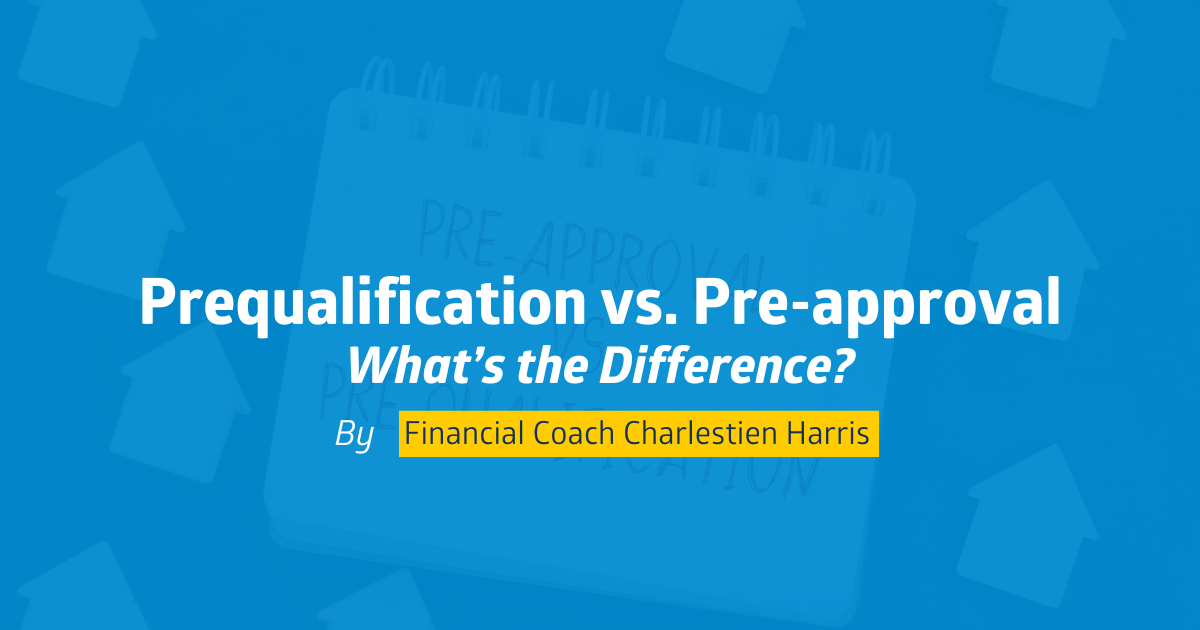By Charlestien Harris, Retired Financial Counselor at Southern Bancorp
Searching for your dream home doesn’t have to remain just a dream. Knowing in advance how much money you have available to purchase a home can go a long way in turning that dream into reality. One of the best ways to determine how much you can afford is to meet with a lender, who can assess how much they’re willing to lend you.
During this meeting, the lender will likely ask key questions about your income and existing debt. They will also obtain a copy of your credit report and calculate your housing affordability ratios. (I discussed these ratios in last week’s article.)
But first, let’s define the difference between prequalification and pre-approval.
What Is Prequalification?
Prequalification is an informal estimate of how much mortgage you may be able to afford, based on unverified information such as your income, credit score, and employment status. It is not a guarantee. Most lenders are happy to prequalify potential borrowers because it gives you a general idea of how much they might lend you.
This service is usually free, and you are not obligated to get your loan from that particular lender – so it pays to shop around. Prequalification does not involve a formal application or a hard credit inquiry, making it a helpful first step in understanding your borrowing capacity before you begin house hunting.
What Is Pre-approval?
Pre-approval is a more formal process. It means you are applying for a home loan before you’ve found your dream home. You’ll provide the same information as in prequalification, but this time, the lender will verify it. Once you’ve selected a home, details about the property are also included in the paperwork.
A pre-approval letter serves as documentation that the lender is willing to loan you a specific amount – provided the home appraises for that amount and you complete the purchase within a certain timeframe. Pre-approval involves a hard credit check and a thorough review of financial documents such as pay stubs and bank statements. While it’s not a guarantee, a pre-approval letter shows sellers and realtors that you are a serious buyer. Be aware that some lenders may charge a fee for this service.
What to Expect During the Lender Meeting
Whether you’re seeking prequalification or pre-approval, the lender will ask about your income, current debt, and employment stability. They will also request a current copy of your credit report, which plays a significant role in their decision-making process.
This meeting will help you determine the price range of homes you can afford, how much of a down payment you’ll need, and what your monthly payments might look like. Since lenders typically check your credit before issuing a pre-approval letter, it’s wise to address any credit issues beforehand.
Keep in mind that pre-approval letters often have expiration dates – usually 30 to 60 days – which can limit the time you have to find a home. For this reason, many people wait to get pre-approved until they’re ready to shop seriously. However, getting pre-approved early can help identify and resolve potential issues in advance.
Every lender’s pre-approval process is different. Be sure to ask what documentation is required and follow up promptly. Respecting the lender’s time and providing the necessary information will help keep the process smooth and efficient.
Dreams can come true. That home you’ve been dreaming about can become your reality. Just remember: lenders need specific information to help you get there. Be prepared by doing your homework, understanding the home-buying process, and learning the terminology so you can navigate it with confidence. If you have any questions about these or other homeownership topics, one of Southern Bancorp’s mortgage lenders would be happy to assist you. Get in touch with the one nearest to you at www.banksouthern.com/mortgage.
For more information on this and other financial topics, feel free to email me at charlestienharris77@gmail.com or write to me at P.O. Box 1825, Clarksdale, MS 38614.
Until next week – stay financially fit!
